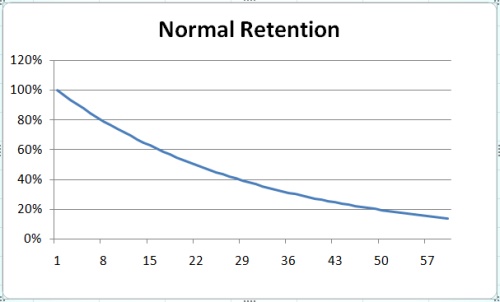

Each queue gets a percentage of the cluster’s total memory, distributed across “slots”. You can define queues, slots, and memory in the workload manager (“WLM”) in the Redshift console. When a user runs a query, Redshift routes each query to a queue. Queues: Redshift operates in a queuing model. Schemas organize database objects into logical groups, like directories in an operating system. Schema: A schema is the highest level of abstraction for file storage. A database contains one or more named schemas, which in turn contain a set of tables and other objects. By adding nodes, a cluster gets more processing power and storage.ĭatabase: A cluster can have one or more databases. Each node type comes with a combination of computing resources (CPU, memory, storage, and I/O). Pricing for Redshift is based on the node type and the number of nodes running in your cluster. Nodes: AWS offers four different node types for Redshift. Each cluster runs an Amazon Redshift engine.

And then we’ll dive into the actual configuration.Ĭluster: A “cluster” is a collection of “nodes” which perform the actual storing and processing of data. So let’s start with a few key concepts and terminology you need to understand when using Amazon Redshift. That’s an important distinction other posts fail to explain. Instead, we cover the things to consider when planning your data architecture. Unlike other blog posts, this post is not a step-by-step instruction of what to do in the console to spin up a new Redshift database. And it’s also the approach you can – and should! – use when you’re setting up your cluster for the first time. It’s also the approach we use to run our own internal fleet of over ten clusters. So in this post, I’m describing the best practices we recommend to set up your Amazon Redshift cluster. No more slow queries, no more struggling with data, lower cost. High scalability and concurrency, more efficient use of the cluster, and more control. We call that “The Second Set-up” – reconfiguring a cluster the right way, and ironing out all the kinks. Setting up your Redshift cluster the right way And now they face the task of re-configuring the cluster. They inherit the set-up, often on short notice with little or no documentation. The person who configured the original set-up may have left the company a long time ago. They are configuration problems, which any cloud warehouse will encounter without careful planning. But turns out these are not Redshift problems. Lack of concurrency, slow queries, locked tables – you name it. Using best practices didn’t matter as much as moving fast to get a result.Īnd that approach is causing problems now.
#Datagrip increase memory how to#
Little initial thought went into figuring out how to set up the data architecture. In this article, we'll explore some best practices for configuring your Redshift cluster to achieve the best possible performance.Ī frequent situation is that a cluster was set up as an experiment and then that set-up grew over time. The author recommends setting up automated maintenance tasks to ensure these tasks are performed regularly. Regular maintenance tasks, such as vacuuming and analyzing tables, are important for maintaining optimal Redshift performance.However, it's important to properly configure your Spectrum tables and queries to avoid performance issues. Redshift Spectrum, which allows you to query data stored in S3 as if it were in a Redshift table, can be a valuable tool for improving performance and reducing storage costs.This involves selecting an appropriate distribution style for each table based on how the data will be queried and distributed keys. It's important to properly distribute data across nodes in a Redshift cluster.Experimenting with these settings can significantly improve query performance. Redshift has several configuration settings that can be adjusted to optimize performance, including sort and distribution keys, compression encoding, and query optimization settings.The author recommends starting with a dc2.large node and scaling up or down as necessary based on your workload.



 0 kommentar(er)
0 kommentar(er)
